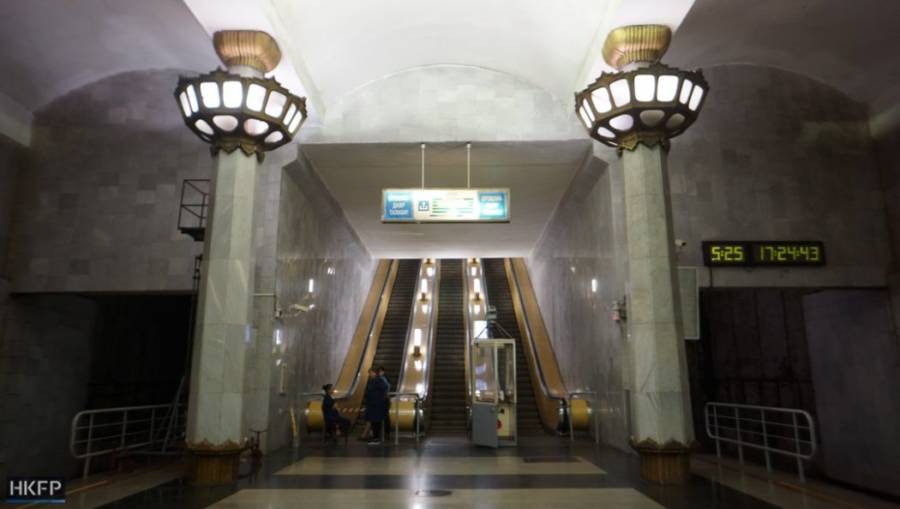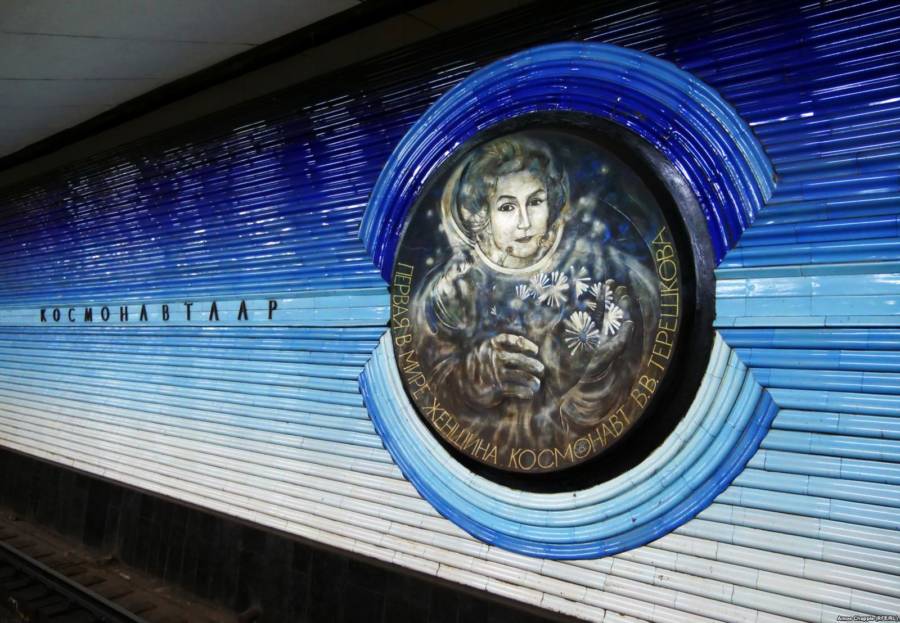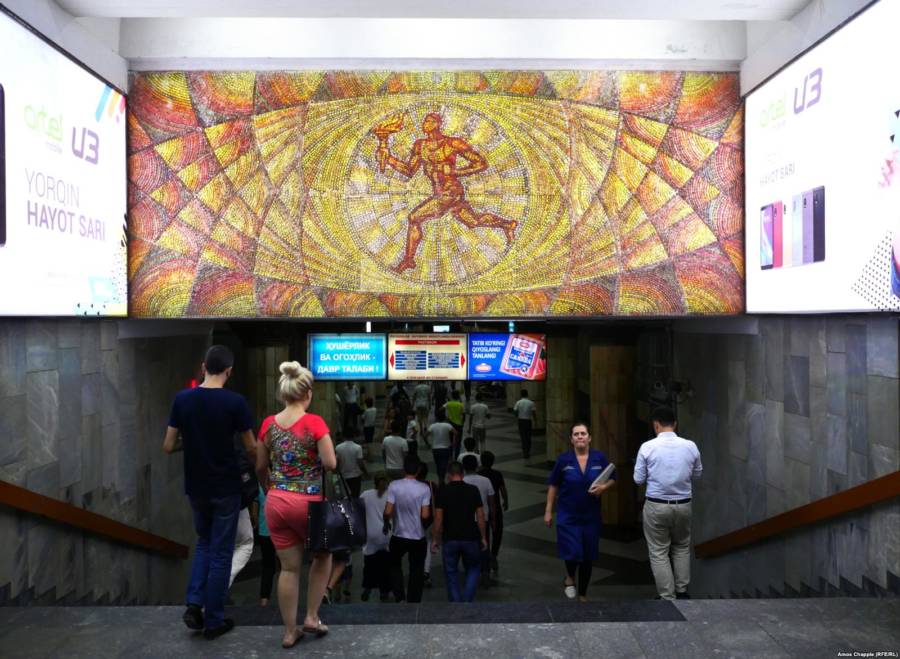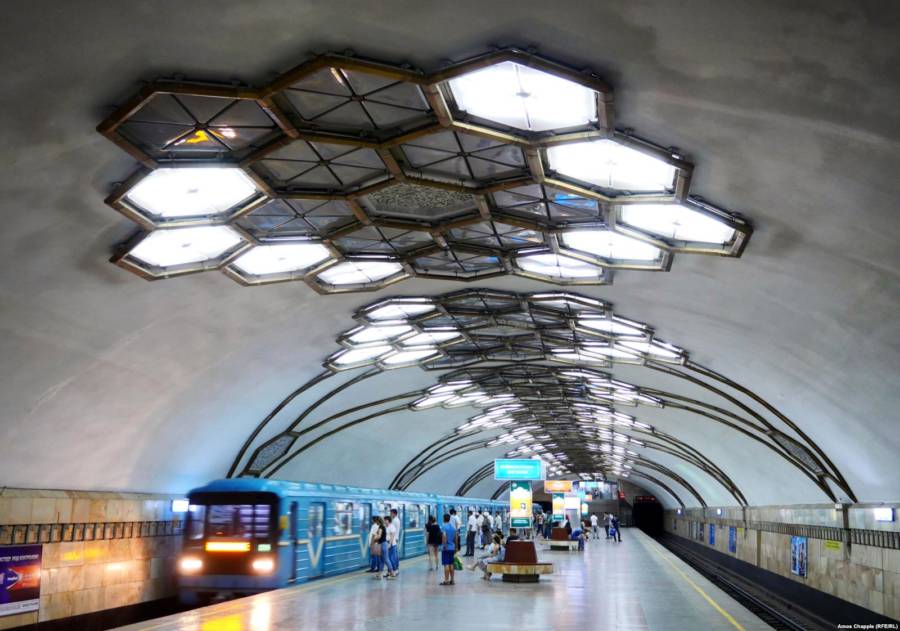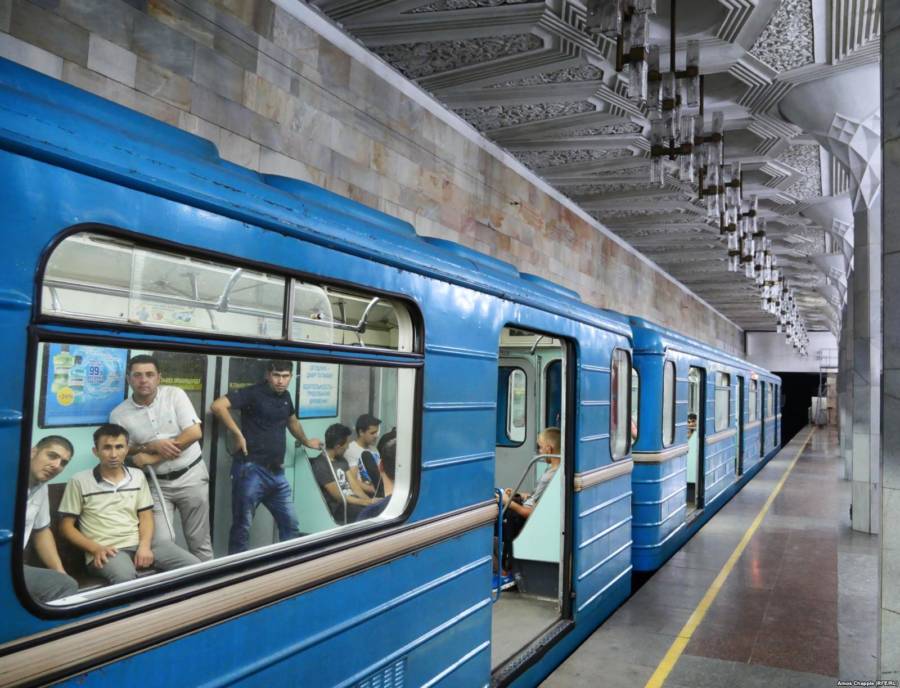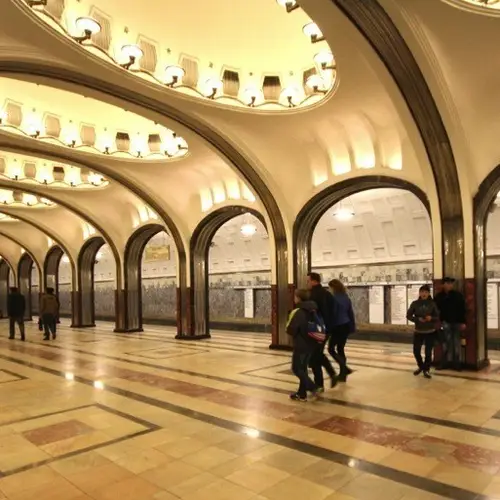A decades-old ban on photography at Tashkent's metro kept its opulent halls hidden from the public — until now.
The Tashkent metro, Uzbekistan's underground metro system in the capital city of Tashkent had remained a secret to most of the world since its inception — until now.
In June 2018, the Uzbek government lifted a decades-old ban that prevented anyone from taking photographs inside of the Tashkent metro, which prompted, photographers from the world over the take the first ever images of the underground public commuter network.
Tashkent's metro is the first underground commuter rail system in Central Asia. The city began plans for the metro in 1968 after Tashkent experienced rapid population growth.
During the Soviet era, a city was required to reach a population of 1 million before a public rail system could be considered. Sometime in the 1960s, Tashkent reached this milestone and thus their opulent metro became a reality.
The first line in the network was completed and opened in 1977, in honor of the 60th anniversary of the USSR's inception.
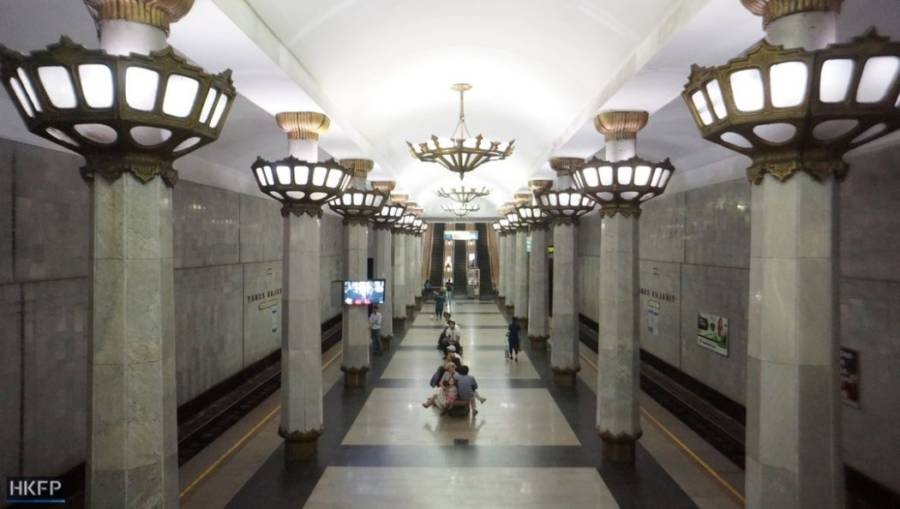
Tom Grundy/HKFPYunus Rajabiy Station.
The Tashkent metro connects the most populated region of the city, Chilanzar, to the center of the city and in its debut featured nine stops along this route. Three years later the line was extended to connect more regions of the Tashkent metropolitan area via public transport.
By 1991, a second line was added to Tashkent's metro, followed by a third in 2001. Currently, the third line has not yet been completed, and a fourth is expected to be added sometime in the near future.
There are currently 29 stations within Tashkent's metro system in operation, and each of the stations has its own incredibly unique architectural and artistic elements that make the Tashkent metro one of the most beautiful public transportation networks in the world.
What also makes Tashkent's metro so unique is the way it reflects upon the city's complex history. Indeed, the artistic and architectural details within Tashkent's metro reflect the city's storied history. From the Mosque-inspired arches to plaques of famous figures in Russian history, every corner of the metro has something to marvel at.
Tashkent was one of the largest cities along the Great Silk Road — one of the most historically significant trade routes that connected East Asia and the Western Roman Empire — in the first millennium B.C.
The Arabs conquered the region during the 7th and 8th centuries and initiated Islamic conversion and influence that lasted well into the 19th century until the Russian Empire under Tsarist authority captured the city which was already a main trade center for the Russian empire.

Amos Chapple/RFE/RLA portrait of Alisher Navoi, one of the founders of the Uzbek poetic tradition.
Tashkent consequently became the capital city of the newly established Russian Turkestan territory and attracted new merchants and settlers. In 1918 the USSR ultimately seized control of Turkestan and officially established it as the Turkestan Autonomous Soviet Socialist Republic and it was under Soviet control that the Tashkent metro began its construction.
There was an abundance of USSR iconography placed throughout the original stations. But after the communist regime fell in 1989 and Uzbekistan became an independent nation, most of the USSR elements were removed from the metro.
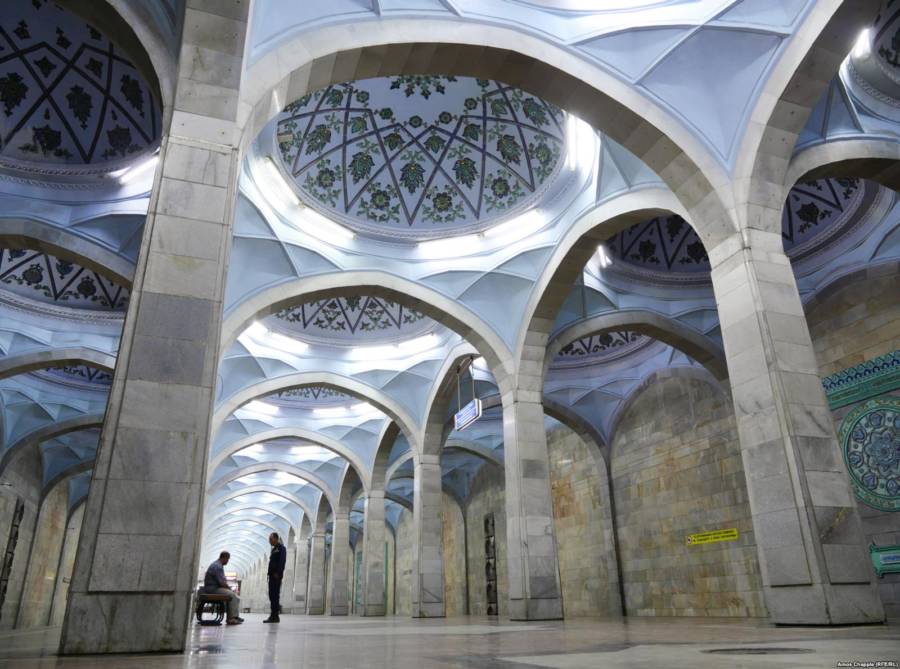
Amos Chapple/RFE/RLAlisher Navoi station.
After the Tashkent metro was built, the three lines also became a designated bomb shelter for the city's citizens. As such, safety precautions prevented anyone from taking pictures.
But since the ban has been lifted, Tashkent's inhabitants and tourists aren't the only people that get to witness the Tashkent metro's incredible beauty — now, you can too.
After this look at the Tashkent metro, check out these 24 surprising photos of young people in 1960s USSR. Then, read about Soviet propaganda and the posters that were seen throughout Russia at the time.



